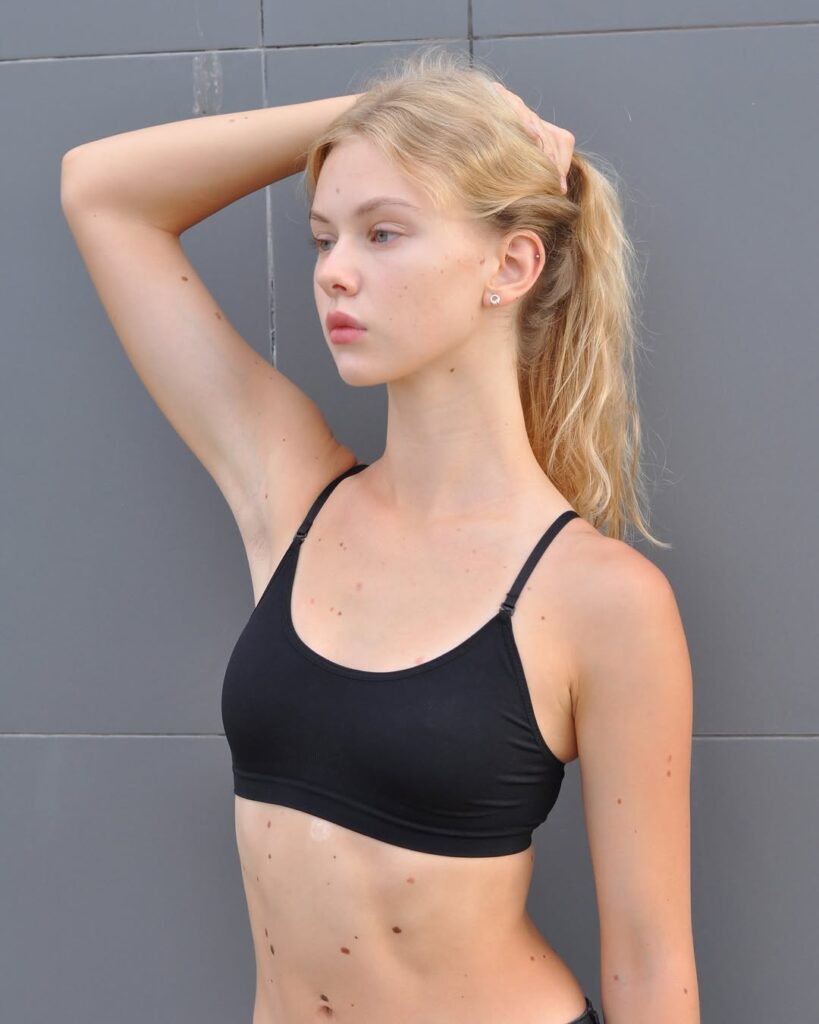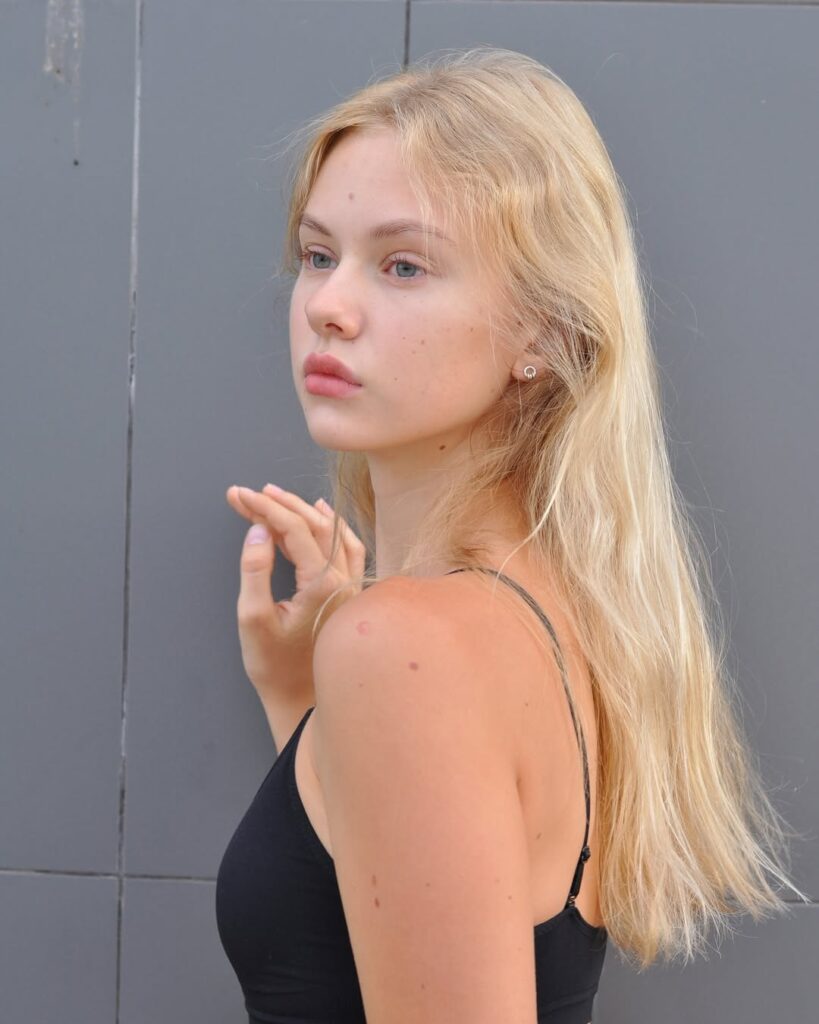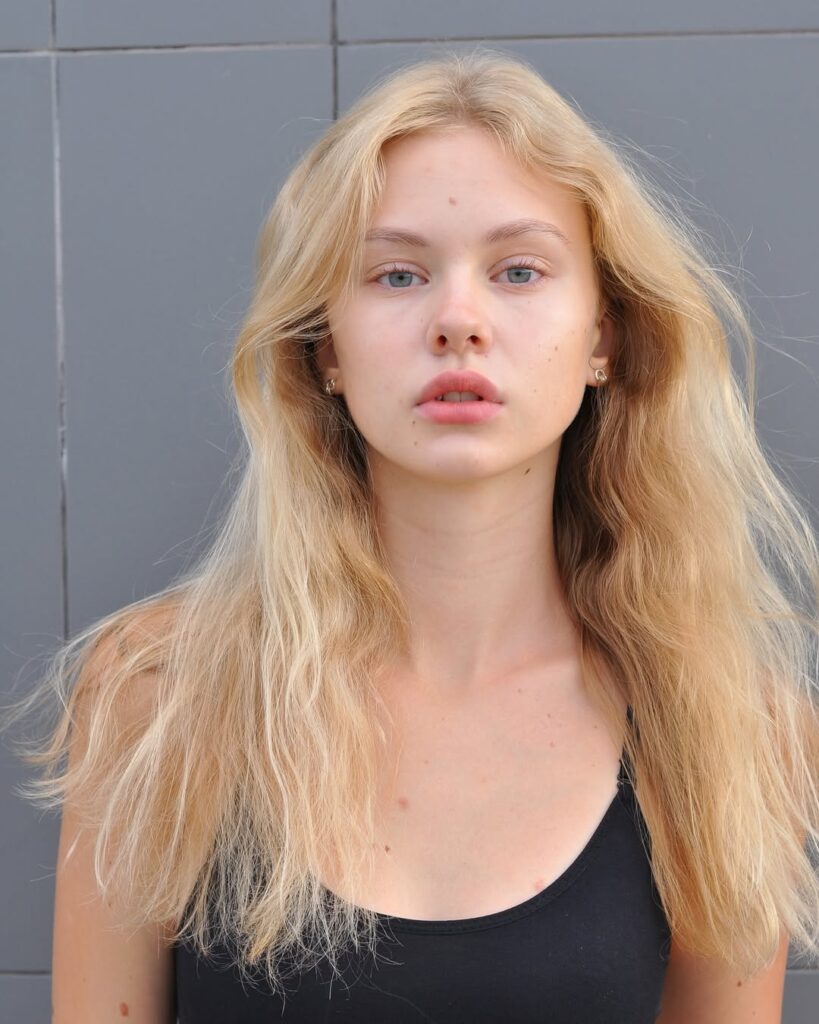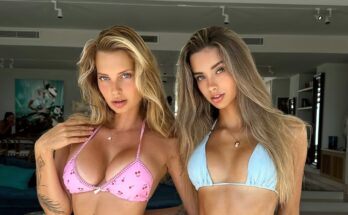
In today’s society, the media plays a crucial role in shaping perceptions of beauty and sexiness. From television shows and movies to social media platforms, the images and narratives we consume have a significant impact on how we view ourselves and others. For decades, the media has promoted certain ideals of beauty and sexiness—often narrow and exclusive standards—that many people have felt compelled to emulate. However, with the rise of social movements and a greater push for inclusivity, these definitions are evolving. As society shifts towards a broader, more inclusive understanding of beauty and sexiness, it’s important to examine the influence the media has had and continues to have on these perceptions.

The Historical Role of Media in Defining Beauty and Sexiness
Historically, media portrayals of beauty and sexiness have been limited and exclusive. Magazines, films, advertisements, and television shows have long showcased a very specific type of beauty—slim, youthful, and often Eurocentric. Models and actresses were typically tall, with clear skin, full lips, and specific body proportions. These portrayals have been so pervasive that they became ingrained as the “standard” for what is considered beautiful or sexy.
This narrow representation of beauty created unrealistic expectations, leaving many individuals feeling inadequate if they didn’t fit the mold. For example, the prevalence of thin models with specific body types in mainstream advertising led to a growing body dissatisfaction among women, especially teenagers and young adults. The emphasis on physical attractiveness as the key to a woman’s value reinforced harmful stereotypes and perpetuated the idea that a person’s worth was closely tied to their looks.
Similarly, media often conflated beauty with sexiness, portraying women as objects of desire whose worth was tied to their ability to attract male attention. This created a limited, one-dimensional view of sexiness that was based purely on appearance—whether it was through sultry poses in advertisements, risqué fashion trends, or the overt sexualization of female characters in movies and television shows.

The Rise of Body Positivity and Inclusivity Movements
In recent years, a cultural shift has taken place, challenging these traditional representations of beauty and sexiness. Movements like body positivity, fat acceptance, and gender inclusivity have gained significant momentum, aiming to redefine the standards of beauty and sexiness. These movements advocate for the celebration of all body types, skin tones, and gender identities, and they are calling for a broader, more inclusive definition of beauty.
The body positivity movement, in particular, challenges the notion that beauty is exclusively tied to being thin. It encourages people of all sizes to embrace their bodies as they are and to reject the unrealistic beauty standards set by the media. The rise of plus-size models like Ashley Graham and Tess Holliday has been a major step forward in this fight, offering representation to individuals whose bodies have traditionally been excluded from mainstream beauty ideals.
Similarly, gender inclusivity movements have pushed for the representation of all gender identities in media. Non-binary individuals, transgender people, and gender-fluid people have long been marginalized or erased from mainstream media, but as society has become more accepting, we are seeing more representation of diverse gender expressions. Celebrities like Laverne Cox, Billy Porter, and Indya Moore have made groundbreaking strides in showing that beauty and sexiness are not confined to rigid gender roles.
Additionally, beauty standards for men have also begun to shift. Traditionally, media portrayed the ideal man as muscular, tall, and rugged. While this representation still persists in some forms of media, there is now more emphasis on diverse representations of masculinity. Actors like John Boyega and Harry Styles have challenged traditional masculine beauty standards by embracing vulnerability, self-expression, and fluidity in how they present themselves.

Social Media’s Role in Redefining Beauty and Sexiness
While traditional media has often been criticized for its narrow portrayal of beauty, social media platforms have played a revolutionary role in reshaping these standards. Platforms like Instagram, TikTok, and YouTube have given everyday people a chance to showcase their beauty and sexiness in ways that traditional media never could. Social media has democratized the ability to define and redefine beauty, allowing individuals to create their own narratives and share their own stories.
One of the most significant changes brought about by social media is the emergence of “influencers” who promote more authentic, diverse representations of beauty. Influencers come in all shapes, sizes, and backgrounds, offering a wider range of beauty standards that challenge the traditional notions upheld by mainstream media. For example, influencers like Jackie Aina and Nyma Tang have advocated for more inclusive beauty in the cosmetics industry by pushing for greater diversity in makeup shades. Similarly, body-positive influencers like @thegalfromaus and @mattiememphis share their journeys of self-acceptance and encourage their followers to love their bodies, regardless of their size.
In addition to body diversity, social media has created space for more honest conversations about sexiness. No longer confined to the glossy, heavily edited images of celebrities, social media platforms allow people to share raw, unfiltered photos and experiences. This shift towards authenticity has empowered many individuals to embrace their natural beauty, shedding the need for heavy makeup or extreme styling to fit conventional standards of sexiness. The growing popularity of “real” beauty and authenticity on social media is allowing more people to feel confident and comfortable in their skin.

The Role of Media Literacy in Shaping New Standards
As media continues to evolve, media literacy has become an essential tool for understanding and deconstructing the images and messages we consume. Media literacy involves the ability to critically analyze and question the media we encounter, whether it’s in the form of advertising, movies, or social media. By developing media literacy, individuals can better understand how beauty and sexiness are constructed and can resist harmful societal pressures.
One of the most important aspects of media literacy is recognizing how Photoshop, filters, and airbrushing can alter the way people are presented in media. Many images that are shared in mainstream advertising or on social media are heavily edited, creating unrealistic expectations of beauty. When individuals become aware of the prevalence of these digital manipulations, they are better equipped to reject these distorted ideals and focus on what is real and authentic.
Moreover, media literacy encourages the exploration of different cultural perspectives on beauty and sexiness. It’s important to recognize that beauty standards differ across cultures and societies, and there is no singular definition of what is “beautiful” or “sexy.” By broadening our understanding of beauty, we can appreciate the diversity that exists in the world and reject the harmful notion that one standard should dominate.

The Future of Beauty and Sexiness in the Media
As society continues to evolve, so too will the definitions of beauty and sexiness. The future of these concepts lies in diversity, authenticity, and inclusivity. We can expect to see more media representations of different body types, genders, ethnicities, and sexual orientations, reflecting the diverse world we live in. Celebrities, influencers, and brands will continue to play a vital role in challenging outdated beauty standards and creating space for more inclusive and empowering representations.
Additionally, the media will likely move away from the traditional, one-dimensional portrayals of sexiness and beauty. Instead, we may see a more holistic approach that focuses on personality, character, and individuality. Rather than equating beauty and sexiness with physical appearance alone, the media may place greater emphasis on qualities like confidence, kindness, and intelligence.

Conclusion
Media has played a powerful role in shaping the definitions of beauty and sexiness, often promoting narrow and exclusive standards that have had negative consequences for many individuals. However, as social movements and social media platforms continue to challenge these norms, there is a growing shift towards more inclusive and diverse representations of beauty and sexiness. This evolution is not just about expanding the physical ideals we see in media, but about embracing authenticity, individuality, and confidence. As we continue to redefine beauty and sexiness, it’s essential to remain critical of the media we consume and to champion a broader, more inclusive definition that celebrates the unique qualities in all people.



